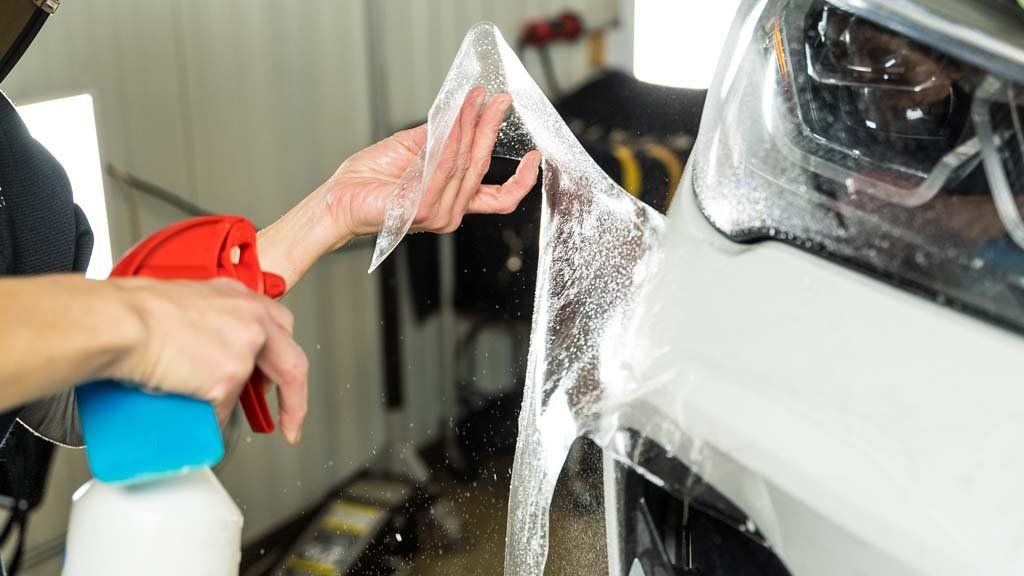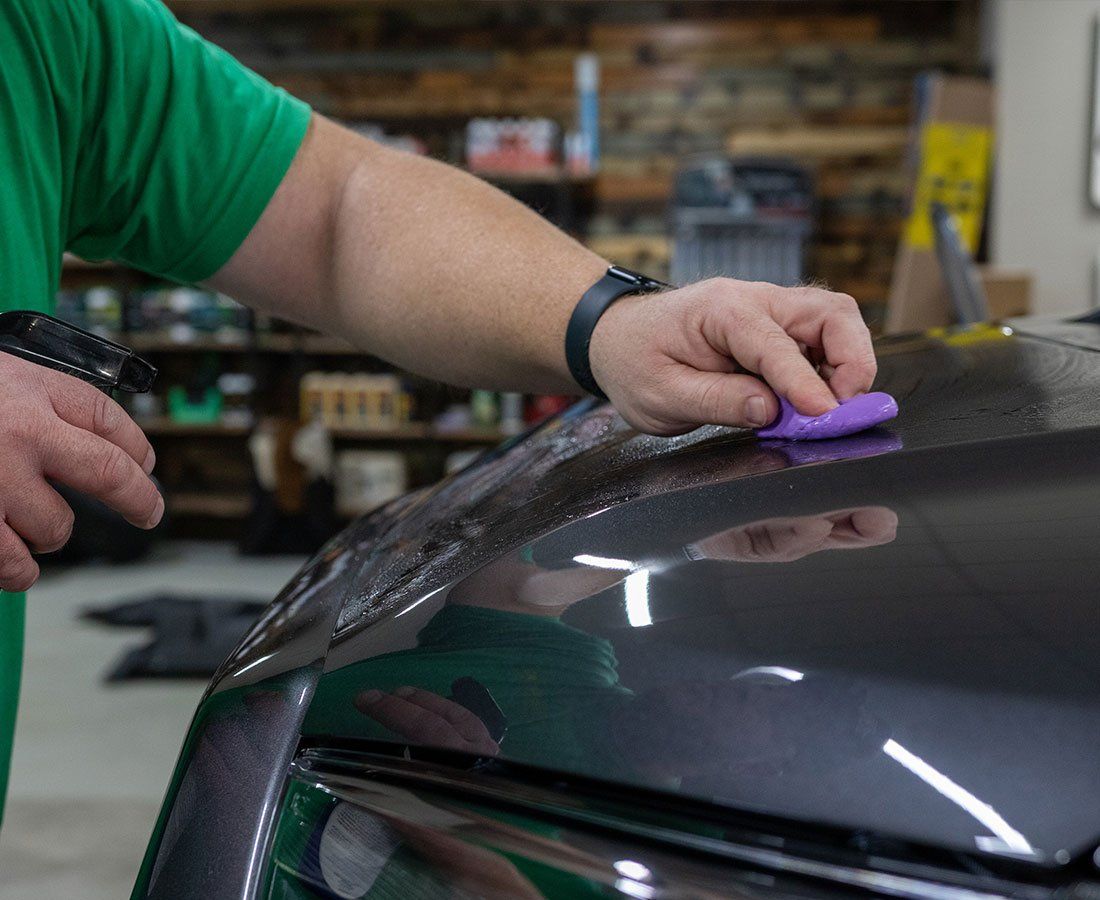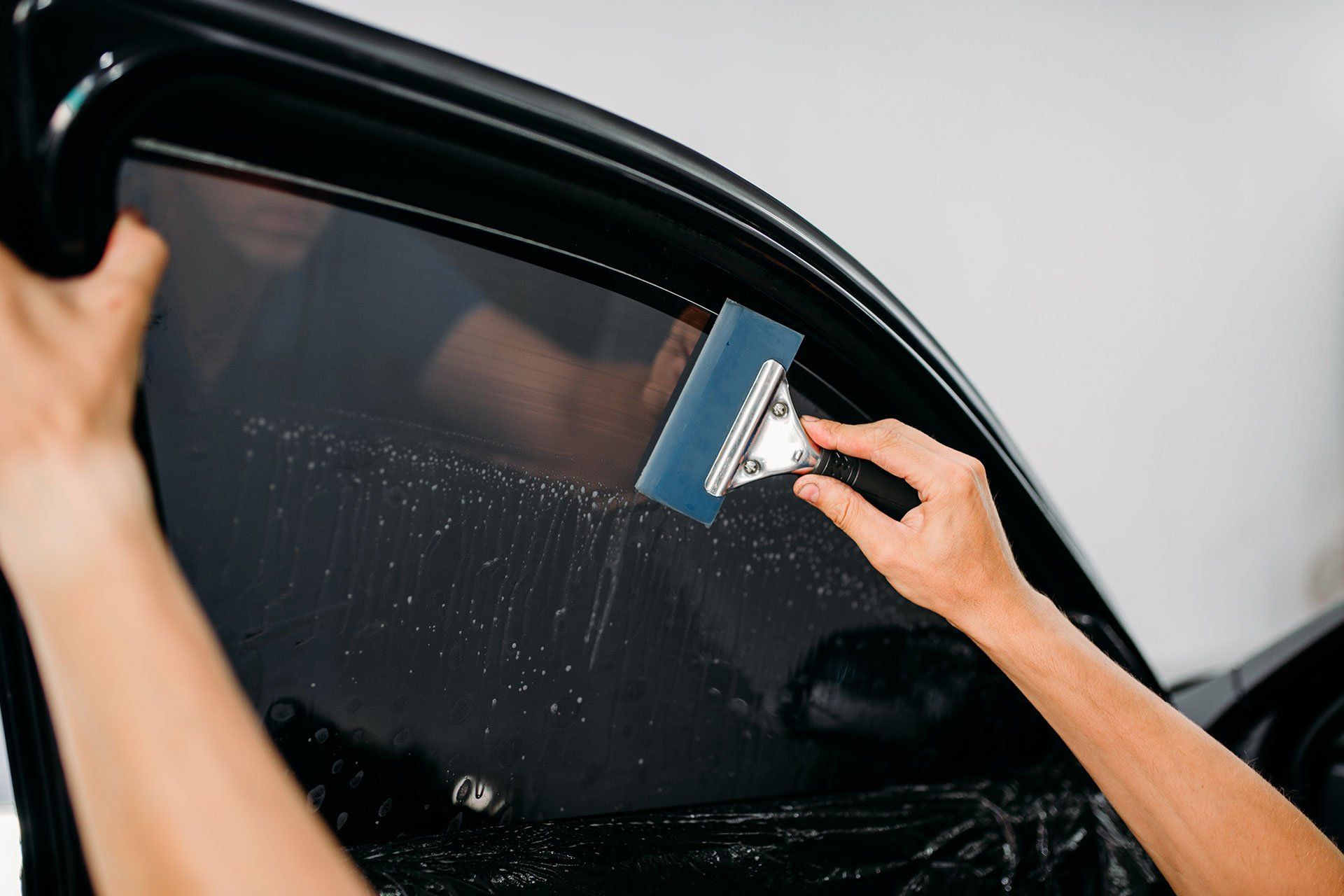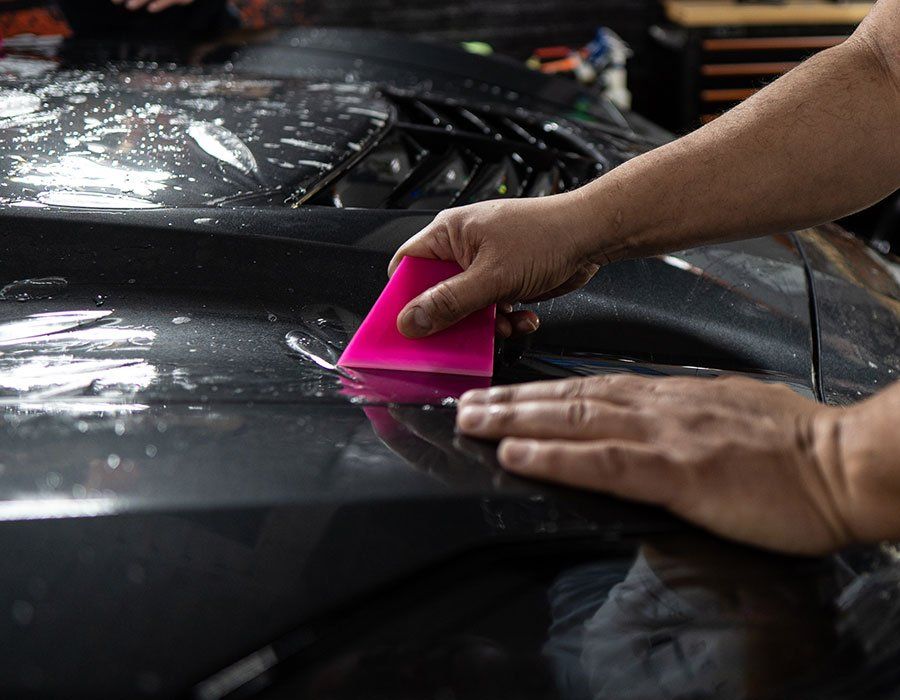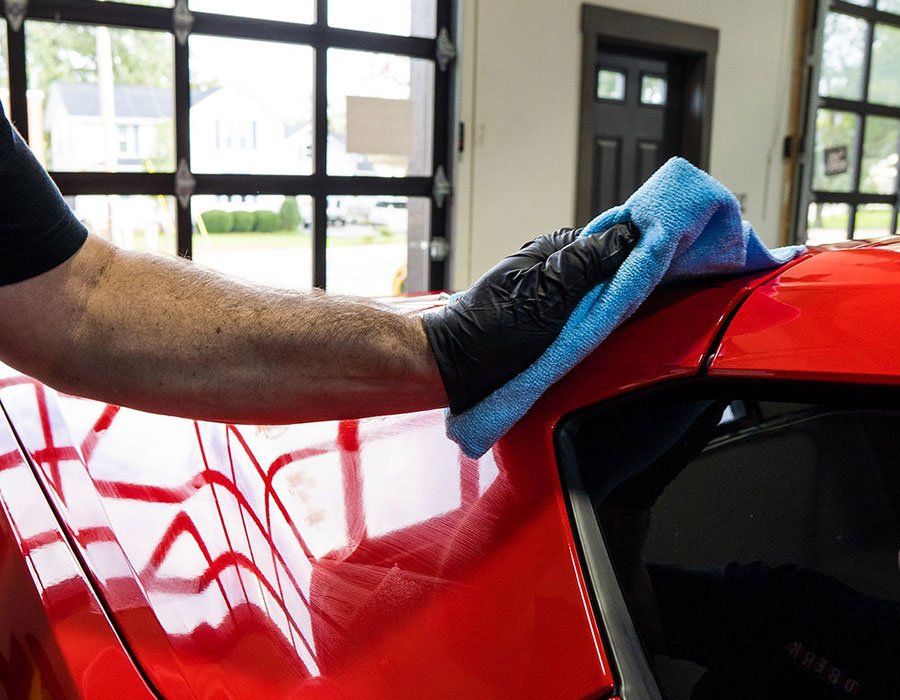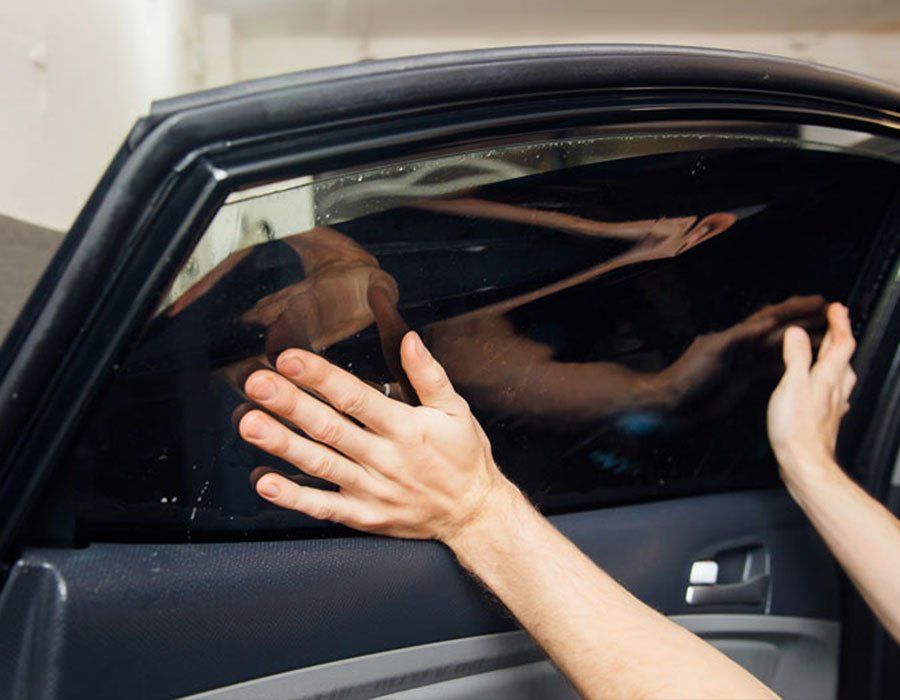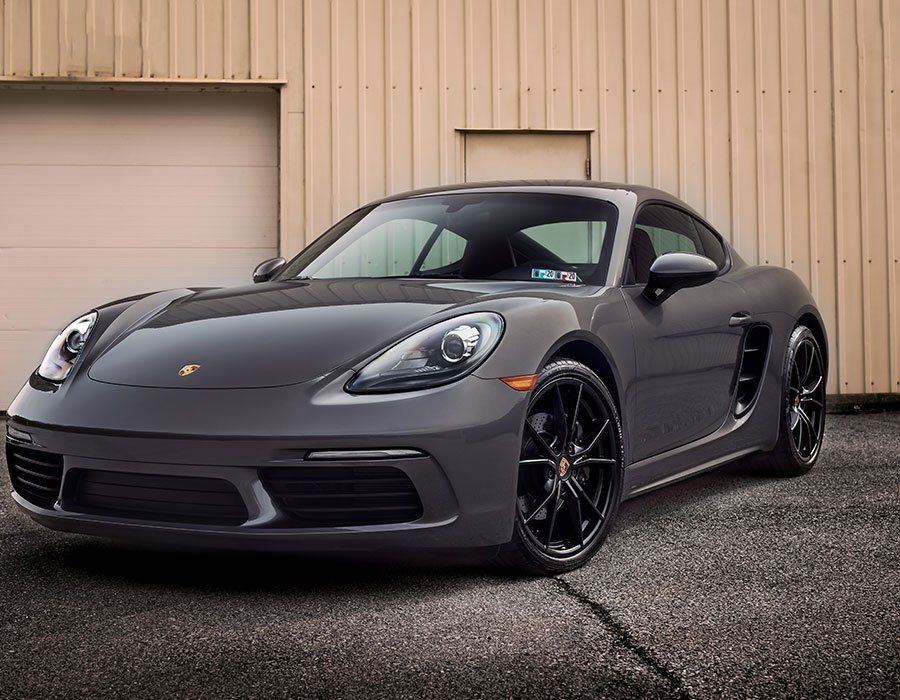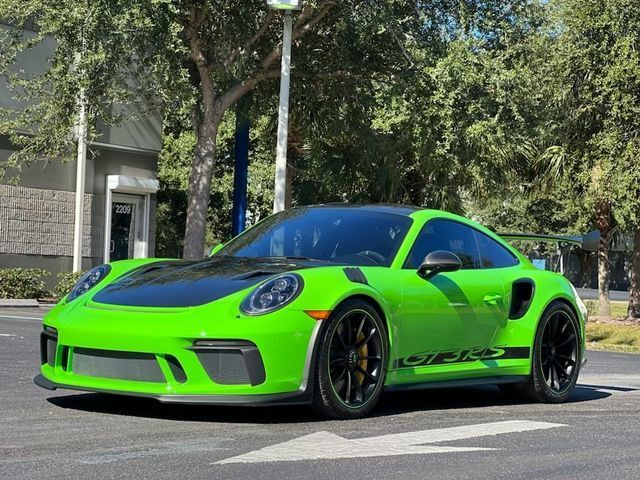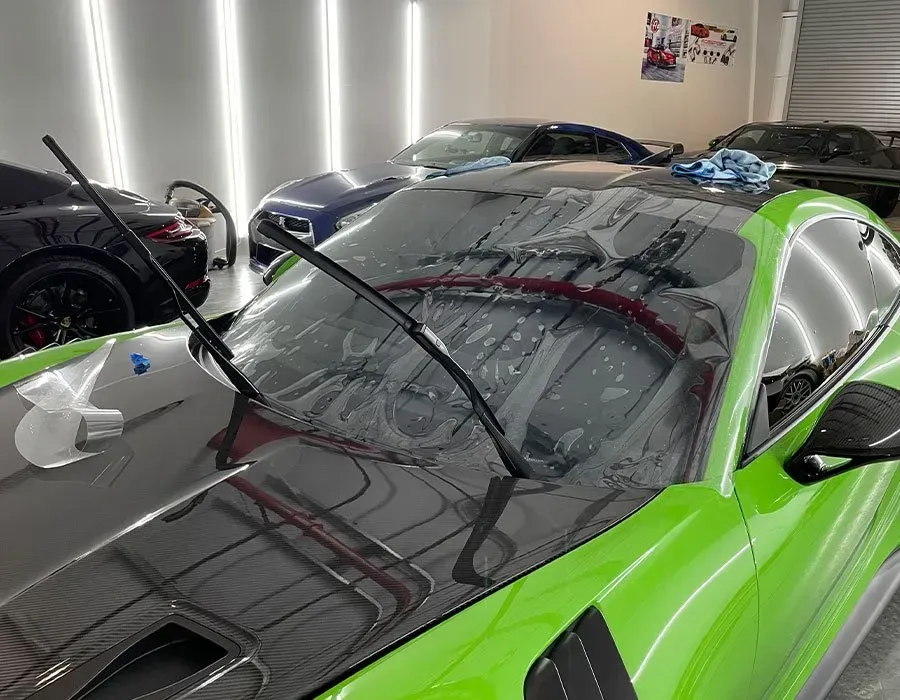The Science of Ceramic Coating: Protecting Your Car Paint Like Never Before
CALL (727) 940-2340
SCHEDULE NOWImagine driving a car that can resist grime and withstand harsh weather conditions, appearing as glossy and new as the day it rolled off the assembly line. This is no mere fantasy; thanks to recent scientific advancements in automotive care, such an unstoppable sheen is now achievable. Welcome to the world of ceramic coating—a cutting-edge technology designed to provide your vehicle with an unparalleled level of paint protection. In this blog post, we delve into the fascinating science behind ceramic coatings and explore how they are revolutionizing the way we maintain our cars.
Ceramic coatings utilize liquid polymer compounds that form a durable layer on the surface of a vehicle when cured. These coatings create a hard shield that can protect car paint from environmental contaminants, stains, and fading caused by UV rays and make cleaning easier due to their hydrophobic properties. The science behind ceramic coatings lies in their ability to provide enhanced protection and maintain the appearance of your car's paint with a smooth, glossy finish.
The Science Behind Ceramic Coating
Ceramic coating is a revolutionary protection technology in the automotive industry that has gained significant popularity over the years. It is more than just a superficial layer; it's a breakthrough in paint protection science. But how does ceramic coating work its magic? At the core of ceramic coatings lies a liquid polymer composed of long chains of molecules. These molecules are capable of cross-linking, forming a solid layer on the surface of the car when cured. This hard and durable layer acts as a shield against various environmental hazards.
Think of it as armor for your vehicle's paint, offering an extra level of protection against environmental contaminants, stains, and fading caused by UV rays. With its high-gloss finish, ceramic coating enhances the appearance of your car, making it look vibrant and new.
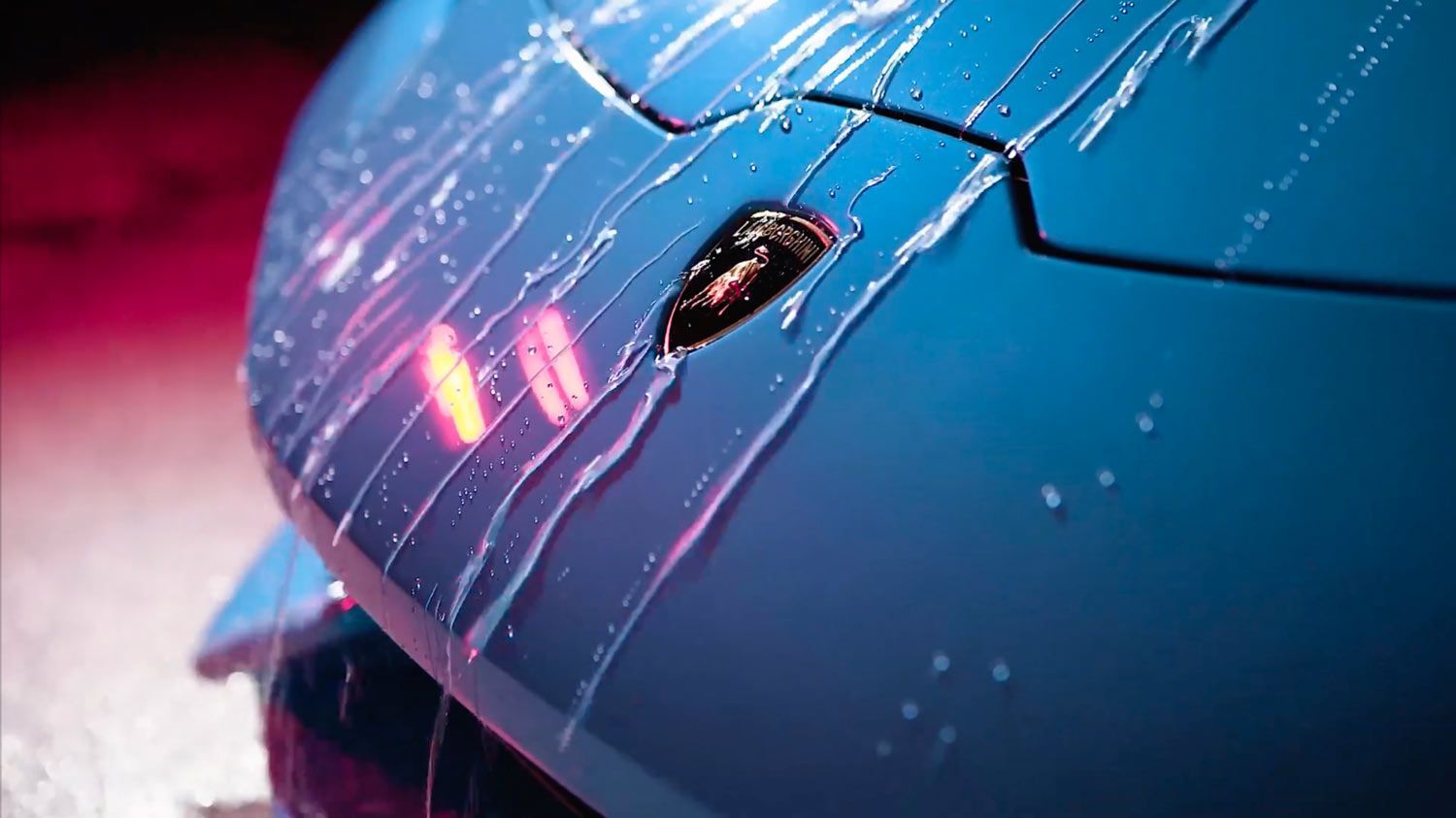
Chemical and Physical Properties of Ceramic Coating
To truly understand the power of ceramic coating, let's explore its chemical and physical properties. Chemically, ceramic coatings are made up of a liquid polymer that transforms into a solid layer upon curing. This transforms the surface into one with exceptional hardness and resistance to scratches. Your car's paint will receive long-lasting protection thanks to the strong bond that this curing process creates.
Physically, ceramic coatings display hydrophobic properties. These hydrophobic properties make water bead up on the surface and roll off easily, preventing water spots from forming. As a result of the ceramic coating's smooth and glossy surface, dirt and grime have a much harder time adhering to your car. Additionally, ceramic coatings offer UV protection, shielding your car's paint from harmful sun exposure that can cause it to fade or yellow over time. This ensures that your vehicle retains its vibrant color for years to come.
How does ceramic coating enhance car paint protection?
Ceramic coatings offer a revolutionary approach to protecting your car's paint like never before. The primary goal of ceramic coatings is to create a strong and durable layer on the vehicle's surface, acting as a shield against various environmental elements. But how does ceramic coating enhance car paint protection?
When applied correctly, ceramic coatings provide an additional layer of protection that can withstand the challenges of environmental and chemical contaminants. The liquid polymer in the ceramic coating forms long chains of molecules that bond to the car's surface, creating a solid and hard layer once cured. This layer acts as a barrier, effectively reducing the risk of stains and other damage caused by contaminants. But it doesn't stop there. Ceramic coatings also harness the power of hydrophobic properties to repel water effectively. This hydrophobic effect prevents water spots from forming on your car's exterior, making it easier to maintain its cleanliness and shine. Additionally, the protective layer offers UV resistance, shielding your car's paint from fading or yellowing due to prolonged sunlight exposure.
Not only do ceramic coatings enhance the protection of your car's paint, but they also have remarkable aesthetic benefits. The high-gloss finish achieved with ceramic coatings gives your vehicle a vibrant and fresh appearance, even after years of use. The smooth and glossy surface makes it more challenging for dirt and grime to cling onto your car's exterior, simplifying the maintenance process. By opting for ceramic coating, you are investing in long-lasting protection that surpasses traditional methods such as waxing. While waxing can provide some level of protection, it is not as durable or resistant as ceramic coatings. It is important to note that waxing a car with a ceramic coating is not recommended because the coating outperforms traditional wax in terms of protection.
Impact and Environmental Advantages
Ceramic coatings not only benefit car owners but also have positive implications for the environment. Unlike traditional waxes or sealants that require frequent application and disposal, ceramic coatings offer extended protection and durability. This reduced need for regular reapplication contributes to less waste generation and fewer harmful chemicals being released into the environment. By minimizing damage to your car's paint, ceramic coatings help preserve its longevity. This means that you can retain the vehicle's original appearance and avoid costly repainting jobs in the future. By extending the life of your car's paintwork, ceramic coatings contribute to reducing overall resource consumption and waste associated with automotive maintenance.
Moreover, the hydrophobic properties of ceramic coatings come into play when it comes to washing your car. The water-repellent nature of ceramic-coated surfaces allows for easier cleaning, reducing the reliance on harsh detergents and excessive water usage. This aspect further promotes eco-friendly practices by conserving water resources and minimizing pollution caused by runoff containing harmful chemicals from traditional washes.
When considering the environmental benefits of ceramic coatings, it's essential to acknowledge their contribution to preserving newer vehicles with thinner paint layers. By serving as a protective barrier against contaminants and hazards, ceramic coatings play a significant role in preventing premature oxidation and paint deterioration. This preservation aspect reduces the need for repainting, ultimately reducing the environmental impact associated with manufacturing and disposing of additional paints. All in all, ceramic coatings offer a comprehensive approach to car paint protection that not only benefits the vehicle owner but also promotes sustainability and environmental consciousness.
Hydrophobic and UV Protection Advantages
One of the remarkable features of ceramic coating is its hydrophobic properties. Imagine driving through a downpour, only for the raindrops to effortlessly slide off your car's surface, leaving it virtually dry. This is exactly what ceramic coating offers. The silica-based resin forms a protective barrier on your car's paintwork, creating a super-smooth surface that repels water and prevents it from clinging to the surface. Not only does this make cleaning easier, but it also safeguards your car against water stains, etching, and mineral deposits.
But hydrophobic benefits aren't the only advantage of ceramic coatings. These coatings also offer excellent UV protection for your car's paintwork. Harsh UV rays can cause fading, oxidation, and premature aging of your vehicle's paint over time. Ceramic coatings act as a shield against these harmful rays, preventing them from penetrating the paint and causing damage. This helps to maintain the vibrancy and glossiness of your car's finish, keeping it looking newer for longer.
Professional vs. Consumer-Grade Ceramic Coatings
When it comes to ceramic coatings for your car, there are two primary categories to consider: professional-grade and consumer-grade. Understanding the differences between these two options is crucial for making an informed decision about protecting your car's paint like never before.
Let's start by looking at professional-grade ceramic coatings. As the name implies, professionals in the automotive industry, such as detailing shops or professional car painters, primarily use these products. These coatings often require specialized training and certification to be applied, ensuring that they are used correctly and effectively. They are generally more concentrated and may offer higher durability, gloss, and hydrophobicity compared to consumer-grade options. Pro-grade ceramic coatings can come in various forms, including liquid coatings or semi-permanent coatings that need to be cured under specific conditions. While they may require a higher level of expertise to apply, they often provide longer-lasting protection for your car's paintwork. These coatings can last anywhere from 2 to 5 years or even longer with proper maintenance.
On the other hand, we have consumer-grade ceramic coatings, which are designed for individuals who want to protect their cars without requiring specialized skills or equipment. Consumer-grade coatings are generally easier to apply and can often be found in spray-on or wipe-on forms. They may not offer the same level of durability or longevity as professional-grade coatings, but they are still effective in providing added protection against UV rays, stains, and minor scratches. While professional-grade coatings may offer higher durability and performance, they often require specialized knowledge, training, and potentially higher costs. On the other hand, consumer-grade coatings provide a more DIY-friendly approach but might not have the same level of longevity as their professional counterparts.
So, which one should you choose? The answer ultimately depends on factors such as your budget, the level of protection you desire, and your willingness to invest time and effort in the application process. If you have the means and prefer an extra layer of long-lasting protection for your car, professional-grade ceramic coatings might be the ideal choice. However, if you're looking for a more accessible option that still provides decent protection and is easy to apply by yourself, consumer-grade coatings could be the way to go.
Professional Ceramic Coating Service in Tampa, FL
Revitalize and protect your vehicle's finish with Auto Film Guys, your trusted provider of
professional ceramic coating services in Tampa, FL. Leveraging industry-leading expertise and advanced ceramic technology, our skilled technicians deliver unparalleled results that enhance your car's appearance and longevity. Our premium ceramic coatings offer superior protection against UV rays, chemical contaminants, and environmental contaminants, ensuring your vehicle maintains its showroom shine for years to come. Don't settle for ordinary protection when you can invest in extraordinary durability and aesthetics with Auto Film Guys. Elevate your driving experience and preserve your investment with our top-tier ceramic coating solutions. Schedule your appointment today and discover the transformative power of expert craftsmanship and innovative protection for your prized vehicle!
The Auto Film Guys Blog
